Risk list 2015
An update to the supply risk index for elements or element groups that are of economic value
The updated risk list provides a simple indication of the relative risk in 2015 to the supply of 41 elements or element groups that we need to maintain our economy and lifestyle. This is an update of a similar assessment carried out in 2011 and 2012. The position of an element on this list is determined by a number of factors that might affect availability. These include the location of current production and reserves, and the political stability of those locations. New for 2015 companion metal fraction production (i.e. the percentage of a metal that is mined as a by-product) has been incorporated into the analysis, whilst scarcity (previously based on crustal abundance figures) has been removed. Data sources used in the compilation of the list are internationally recognised and publicly available.
The risk list highlights a group of elements for which global production is concentrated in very few countries. The restricted reserve distribution and the relatively low political stability ratings for some major producing countries combine to significantly increase risk to supply. This is compounded by low rates of recycling and limited substitutes for many of these elements. Concern about rare earth element supply has received significant attention over the last five years and this element group remains at the top of the list. However, the list highlights other economically important metals with similar high levels of risk to supply disruption including antimony (with application as a fire retardant), bismuth (used in numerous medical applications), platinum group metals (active components in auto-catalysts), and tungsten (a key hard metal used in most cutting tools). These elements, particularly the rare earth elements and antimony, have low recycling rates and a limited number of substitutes. They are also almost exclusively mined as by-product metals. The list also shows the continued dominance of China in production of many metals and minerals. China is now the leading global producer of 23 of the 41 elements and element groups on the list (Figure 1).
The risk list provides an indication of which elements might be subject to supply disruption, most likely resulting from non-geological factors such as geopolitics (e.g. 'haves' seeking to influence 'have nots') or resource nationalism (e.g. state intervention in production and trade), along with other factors such as labour strikes, accidents and infrastructure availability. Policy-makers, industry and consumers should be concerned about supply risk and the need to ensure diversified supply of primary resources. Equally important will be the need to make full use of secondary resources and recycling, and to reduce our intensity of resource use i.e. 'do more with less'.
With the exception of substitutability the list focuses on risks to supply and does not include any assessment of factors that influence demand, such as criticality of an element to a particular technology.
An in-depth discussion of the risk list methodology and limitations can be found below.
Download the Risk list 2015 publication.



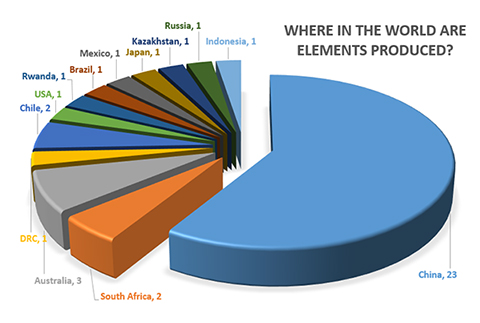

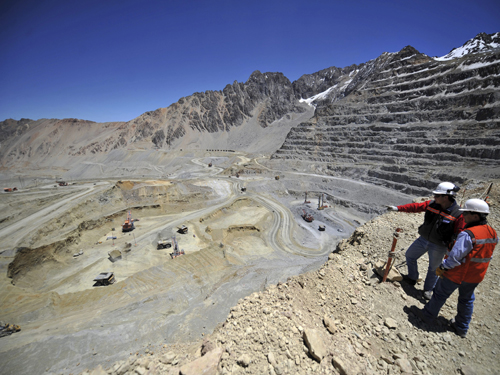
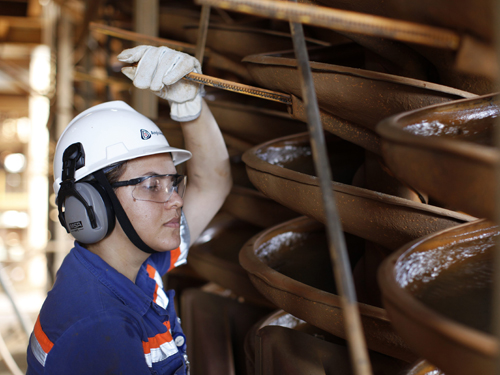
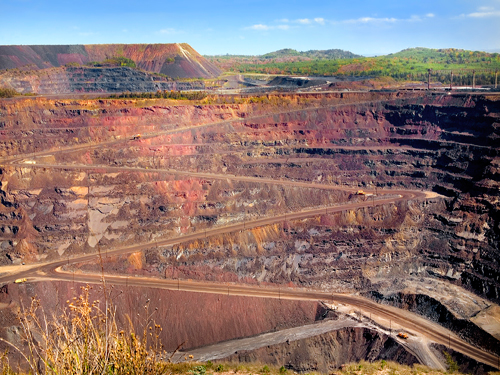


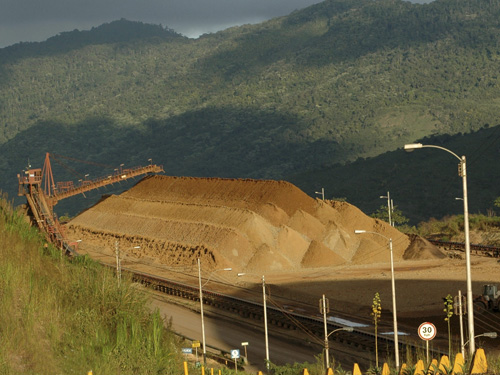

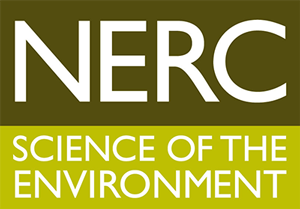
Follow us

